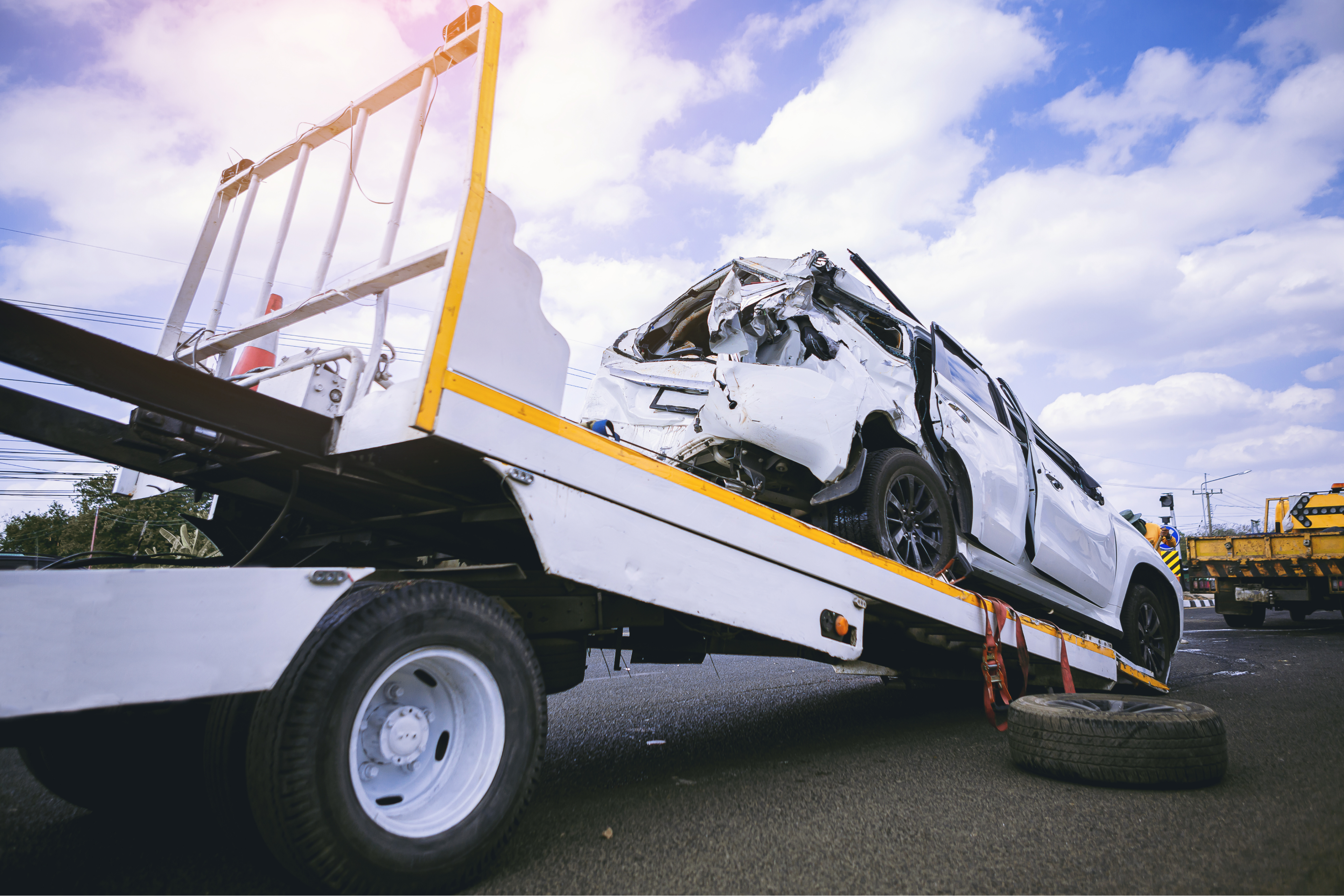If you’re cruising the highways of Western Australia or navigating the city streets, keeping your tyres in top condition is essential for safe and efficient driving. Here’s a step-by-step guide on how to inflate your tyres and check their pressure, tailored specifically for the unique conditions and needs of WA drivers.
Why Tyre Pressure Matters
Maintaining the correct tyre pressure is crucial for several reasons:
- Safety: Properly inflated tyres provide better traction, reducing the risk of accidents.
- Fuel Efficiency: Correct tyre pressure ensures your vehicle runs more efficiently, saving you money on fuel.
- Tyre Longevity: Proper inflation helps prevent uneven wear and extends the life of your tyres.
In the often harsh and varied climate of Western Australia, from scorching heat to occasional heavy rains, keeping an eye on your tyre pressure can make a significant difference.
When to Check Your Tyre Pressure
For optimal safety and performance, check your tyre pressure at least once a month. It’s also a good idea to check before long trips or after driving in extreme conditions. Remember, tyre pressure can fluctuate with changes in temperature, so it’s especially important to keep an eye on it as the weather changes.
Tools You’ll Need
- Tyre Pressure Gauge: This tool measures the pressure inside your tyres. You can choose between digital or analog gauges.
- Air Compressor: This is used to inflate your tyres. Many service stations have air compressors, or you can invest in a portable one for convenience.
Step-by-Step Guide to Inflating Your Tyres and Checking Pressure
1. Find Your Tyre Pressure Specification
Before you start, check your vehicle’s recommended tyre pressure. You can find this information on a sticker located on the driver’s side door frame or in your vehicle’s owner’s manual. It’s usually listed in PSI (pounds per square inch).
2. Check Tyre Pressure
- Ensure Tyres are Cold: For an accurate reading, check your tyre pressure when the tyres are cold—ideally, before you’ve driven or after the car has been stationary for at least three hours.
- Remove the Valve Cap: Unscrew the valve cap from the tyre’s valve stem and keep it in a safe place.
- Use the Tyre Pressure Gauge: Press the gauge onto the valve stem. You might hear a brief hissing sound as the gauge gets a reading. The gauge will display the pressure; compare this to the recommended pressure.
3. Inflate Your Tyres
- Connect the Air Compressor: Attach the air compressor nozzle to the valve stem. If you’re using a portable compressor, follow the manufacturer’s instructions.
- Inflate the Tyre: Turn on the compressor and let it add air. Periodically check the pressure with your gauge to avoid over-inflation. Most compressors have a built-in gauge to help with this.
- Adjust as Needed: Add or release air until the tyre reaches the recommended pressure.
- Replace the Valve Cap: Once you’ve reached the correct pressure, remove the compressor nozzle and quickly screw the valve cap back onto the valve stem.
4. Check All Tyres
Repeat the process for all four tyres, including the spare if your vehicle has one. Remember that the pressure should be consistent across all tyres for balanced handling and safety.
Tips for Western Australian Drivers
- Heat Considerations: Western Australia’s high temperatures can increase tyre pressure. Always check your tyre pressure in the morning or after the car has been parked for several hours to get an accurate reading.
- Road Conditions: WA’s varied terrain, from smooth highways to rugged outback roads, can affect tyre wear and pressure. Regularly inspecting your tyres and adjusting the pressure as needed helps maintain safety and performance.
Conclusion
Proper tyre maintenance is crucial for safe and efficient driving, particularly in the diverse conditions of Western Australia. By regularly checking and inflating your tyres, you can ensure a smoother ride, better fuel efficiency, and longer-lasting tyres. So, grab your gauge and compressor, and keep those tyres in top shape for your next adventure across the beautiful WA landscape. Safe driving!
